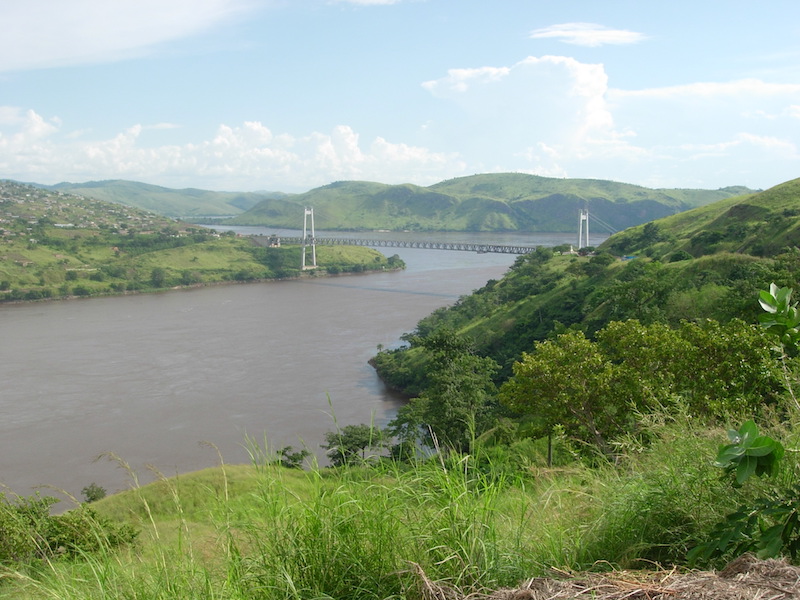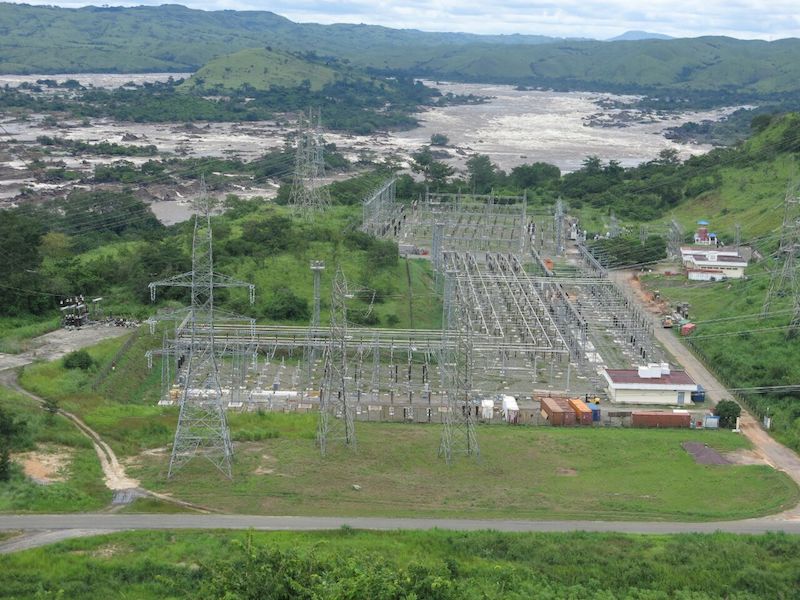Put simply, the Congolese people need power: More than 90% of the Democratic Republic of Congo’s citizens lack access to modern electricity. Yet for decades, their government has pursued the expensive, delay-plagued Inga 3 Dam project while ignoring affordable (and quicker to deploy) alternatives.
“Traditional approaches to extending the grid are no longer viable as the main option for African countries. They [mega-projects] will take too long and will not meet the needs of our growing economies and societies. Instead, governments and their partners need to seize the opportunity to re-imagine their energy futures.”
Kofi Annan, Former United Nations Secretary-General, on the 2017 “Lights Power Action: Electrifying Africa” report by the Africa Progress Panel
Background
In its bid to power the African continent, the Democratic Republic of Congo (DRC) has long pinned its hopes on harnessing the vast hydropower potential of the Inga Falls on the Congo River. However, the DRC’s ambitions for Inga have been beset by problems for decades.
Corruption, mismanagement, ballooning expenses and technical problems plagued the first two dams, Inga 1 and 2. In 2013, they were operating at just 40% capacity. The third planned dam, Inga 3, has suffered from a similar array of issues: Over the years, investors (including BHP Billiton and the World Bank) have pulled out of the project, citing concerns over its viability. If built, Inga 3 would plunge the DRC deeper into debt while doing nothing to solve the country’s severe energy crisis. Meanwhile, the country’s vast wind and solar resources go largely untapped.
Threats
Inga 3’s reservoir would displace an estimated 10,000 people, the majority of whom would lose both their land and their livelihood. In contrast, the dam’s construction phase would create just 3,000 temporary jobs, and only a few hundred permanent jobs after completion. Overall, the dam will destroy thousands more jobs than it will create.
The construction of Inga 3 would require huge sums of money. This would lead to a large increase in external government debt, risking a downgrade in the risk assessment of DRC’s debt distress and extending the DRC’s cycle of poverty and indebtedness to foreign lenders.
The DRC has suffered decades of civil war, during which corruption has become entrenched in the socioeconomic fabric of the nation. Large-scale infrastructure, with its vast financial outlays, is particularly prone to corruption; Inga 3 is on track to continue this trend while allowing powerful companies to cheaply exploit and export Africa’s natural resources.
The dam’s impacts on climate change and biodiversity would be significant. It would flood the Bundi Valley, trapping sediments, causing methane emissions, and harming the climate-regulating mid-Atlantic plume, which is key to the planet’s carbon cycle. Transmission lines would also clear huge swaths of forest.
Most of Inga 3’s power would travel long distances to industrial and urban centers in South Africa and large mines in DRC, bypassing Congolese who are not served by the nation’s limited grid. In the most likely scenarios, Inga 3 would generate little electricity for domestic users in the DRC. In the worst-case scenario, domestic consumers would receive no additional power at all.
What’s At Stake
The Inga 3 Dam will not just threaten the immense biodiversity found along the Congo River; it will threaten biodiversity across the region with the construction of hundreds of miles of transmission lines. These lines will have major impacts across several countries, bringing roads into previously untouched areas.
South Africa’s unemployment rate is hovering around an astronomical 41%. Because Inga 3 will be built in the DRC, the dam’s construction will do nothing to alleviate South Africa’s unemployment crisis. Investments in domestic solar and wind projects, on the other hand, would bring new jobs to a country desperate for them.
South Africa has suffered from crippling electricity shortages for years; the country is now treaty-bound to purchase the power from Inga 3. Unfortunately, it will be at least a decade before Inga 3 delivers power to South Africa, which does nothing to address current shortages.
South Africa is already hugely indebted because of two expensive coal-fired power plants that are still under construction. Corruption has hampered completion of these power plants, further indebting the country, which has taken out loans from both the IMF and China. The construction of transmission lines will further exacerbate the country’s debt issues.
South Africa has abundant potential for wind and solar development. Its investment in Inga 3 threatens to consume scarce development dollars to build an expensive, destructive project with a long development timeline, while investing in domestic renewables could bring power online more quickly and create jobs.
Quick Facts
- Inga 3’s power production is mainly earmarked for industry users and will not improve energy access for the more than 90% of the DRC population who have no access to electricity.
- A recent study found that the DRC’s abundant wind and solar potential could transform the country’s energy sector. The DRC can harness renewable energy to power the country faster and more affordably than currently-planned projects like Inga 3.
- South Africa is suffering from an unemployment rate that is hovering near 41%. Inga 3, despite its immense cost, will contribute no jobs to the country.


